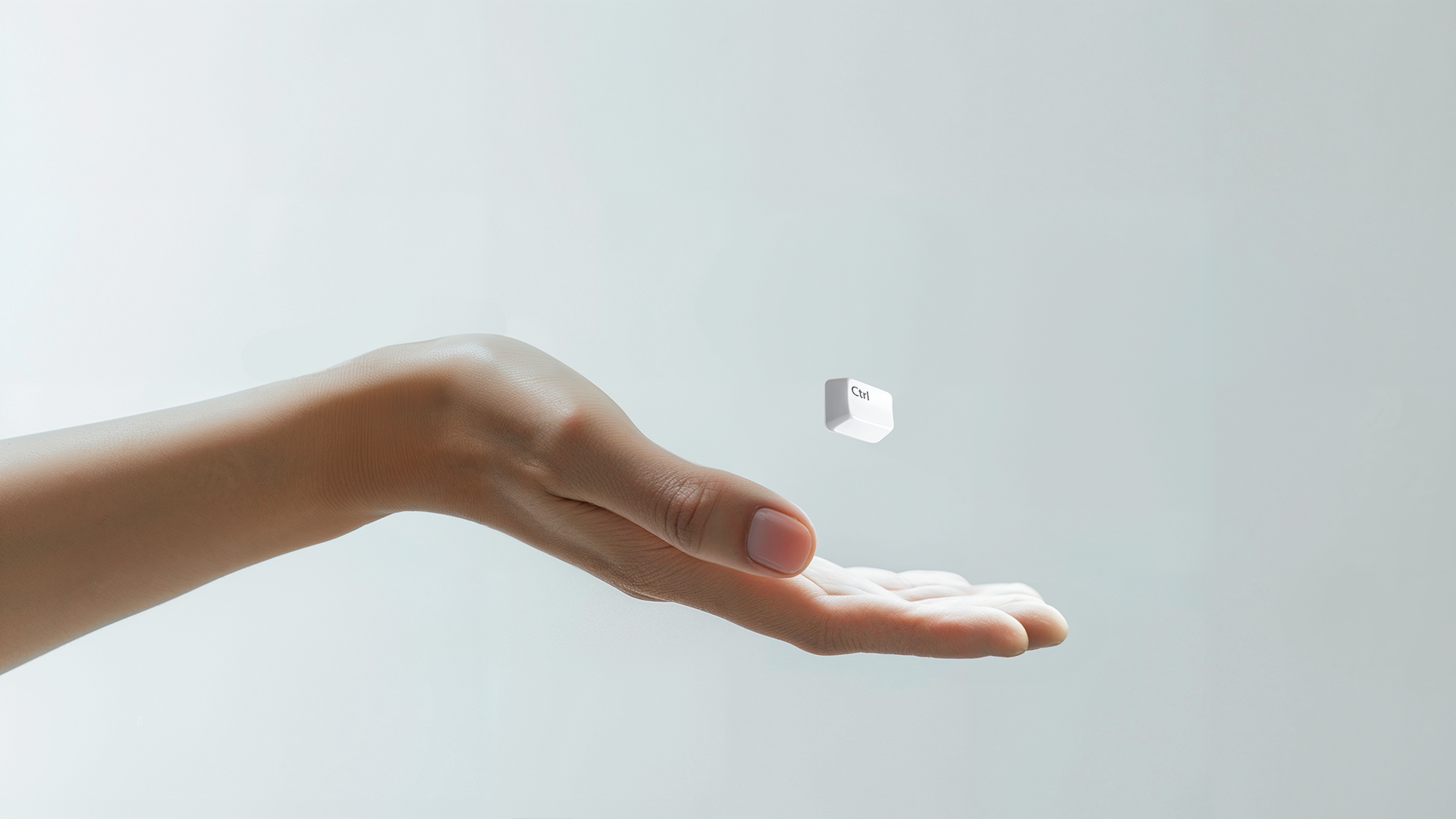What can the biggest pop star and the most popular streaming service on the planet teach us about B2B marketing in 2024?
In April 2024, client leads of the BBC team attended the 75th UBA Trends Day. 1,450 attendees were entertained with keynote speeches from marketing experts Erin Meyer, Ken Hughes, Jesús Cochegrus and others.
From Taylor Swift’s hyper-engaged fanbase to Netflix’s disruptive corporate culture, the team returned armed with an array of insights and marketing trends. However, there was one consistent thread that connected UBA Trends Day: the increasing need for human connection and understanding.
Understanding the need for a human connection in B2B marketing is more important than ever
Even those who have been living on Mars recently know that 2024 is Taylor Swift’s year.
But whether you are a ‘Swiftie’ or not, conquering all before her is down to more than her songwriting and stage performance prowess, according to ‘King of CX’ Ken Hughes.
During his UBA Trends Day keynote Hughes demonstrated that Swift’s differentiating factor, the thing that makes her one of the most successful brands in the world, is her ability to connect with her audience. With over 20,000 fans regularly showing up to her concerts just to stand outside the stadium—a phenomenon known as ‘Taylorgating’—the sense of belonging to ‘brand Taylor’ felt by her fans is far stronger than even the most lauded companies could hope for.
So what does this mean for B2B brands looking to build a stronger connection with their clients? Should the CEO of a waste management company drop in on the wedding of a customer, as Swift has done on multiple occasions?
No. That would be weird.
But as the AI era unfolds, and the digital landscape shifts towards seemingly unlimited automation, Taylor Swift proves that investing in human connections with clients and customers is a necessity for brands that want to stand out from the crowd.
From sending her fans gifts to featuring them in her music videos, Swift has spent years investing in and nurturing a strong connection with her fanbase; an investment that her fans return one thousandfold with their unyielding loyalty and commitment.
Swift has created an army of empowered customers who will champion her every move, online and in real life. She makes disrupting the industry seem easy – simply by staying true to herself and daring to be authentic and vulnerable. Because of that personal connection and inclusiveness she gains their loyalty, and their business, for life.
Sanae El Harcha – BBC Client Lead
Companies that want to thrive will need to factor this into their long term B2B brand strategy. At BBC, we are firm believers in the need for brands to break down the dividers between themselves and the consumer. By creating an invested community of customers, it is possible to access another level of engagement.

Netflix teaches us that creating a team culture of freedom and responsibility drives innovation
UBA Trends Day confirmed that creating a human connection within your team is equally important if you want to define a disruptive company culture; one that encourages transparency, trust and creativity.
INSEAD Business School professor Erin Meyer illustrated that performance—both good and bad—is contagious, and that giving trust and control to talented employees can foster greater innovation.
Using industry disruptors Netflix as an example, Meyer showed that introducing candor by actively encouraging feedback loops leads to increased accountability and higher performance.
As BBC Client Lead Peggy Storme says “At BBC we’ve been working in a holacratic structure for a few years, so Meyer’s insight into corporate culture really resonated with me. Giving colleagues 100% trust and treating team members with respect fosters a deeper connection and freedom to be creative, allowing everyone to do their best work.”
Being able to connect with your team on a human level, making the giving and receiving of feedback a natural process, leads to greater understanding and a shared drive to excel.
Peggy Storme – BBC Client Lead
Whether it’s your team or your clients, organizations that encourage trust and creativity in their people help to create thought leaders in the industry, something that is to the benefit of everyone.
Now more than ever, the customer/client journey needs to be a human one:
With the final keynote of UBA Trends Day, Jesús Cochegrus followed the same thread of human connectivity, by urging the audience to make the “customer/people the subject of your art”.
Drawing parallels with the gaming industry, he challenged brands to discover which intangibles—comfort, status, feeling—they can offer above and beyond their product or services.
In the same way Taylor Swift delivers community and inclusivity alongside her stage show, companies who want to stand out must venture beyond their products and services to help clients and customers reach new levels.
With an ever increasing library of digital tools just a click away, Cochegrus maintains that the route to customer engagement success lies in the balance of the human and the technological.
For me the main takeaway from UBA Trends day is that brands now, more than ever, have to stand out and create an authentic relationship with their customers. With new algorithms and AI taking over our search behavior, brands need to find new ways to connect on a personal level with their customers, even more so within B2B.
Ward Vermeir, BBC client lead
Vermeir goes on to say “Helping our BBC customers grow their (employer) brand(ing) and coming up with new ways to interact with their audience, both online and offline, is something that I’m really looking forward to in the next couple of years.”
In 2024, successful brands have to remember that human understanding must go hand in hand with rapid technological development.
Take the time this year to sit down together, as a brand or marketing team, or even the whole company, and think: ‘what would Taylor do?’






